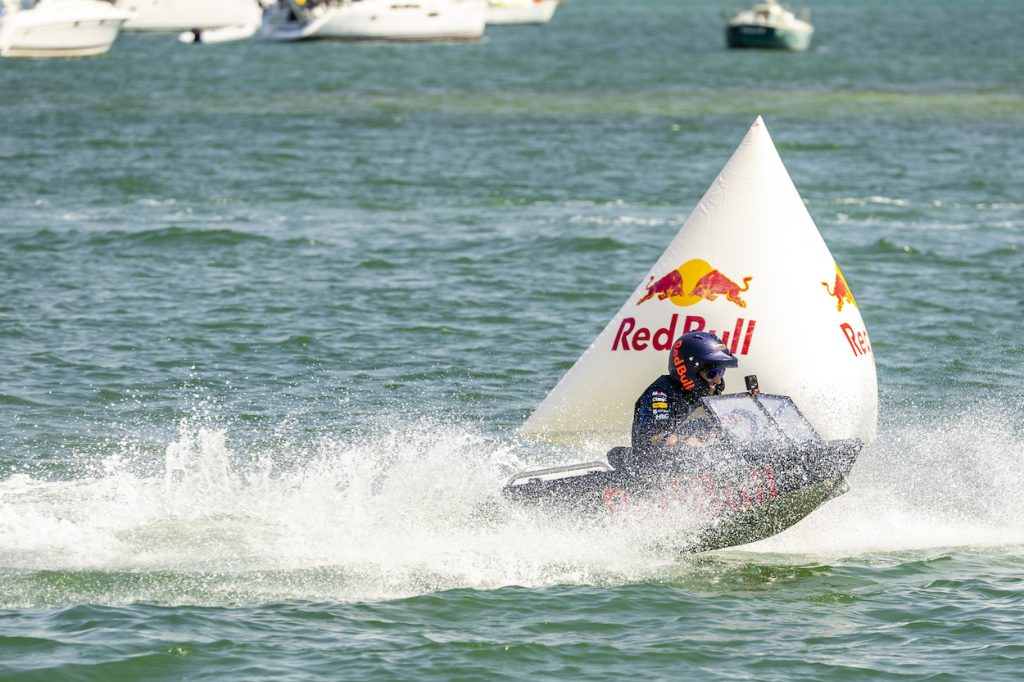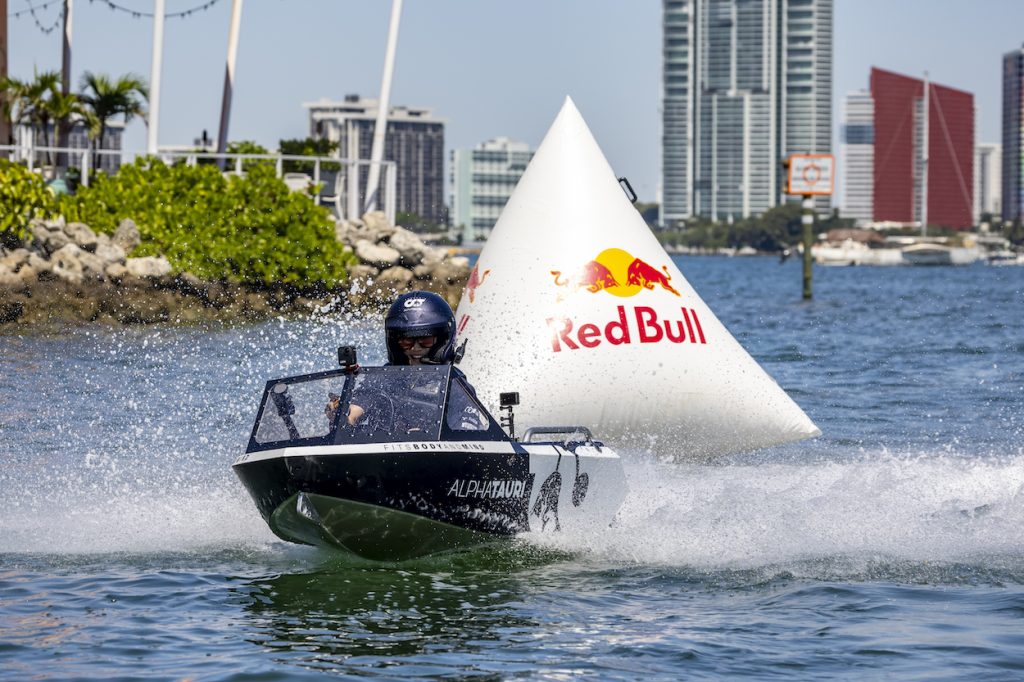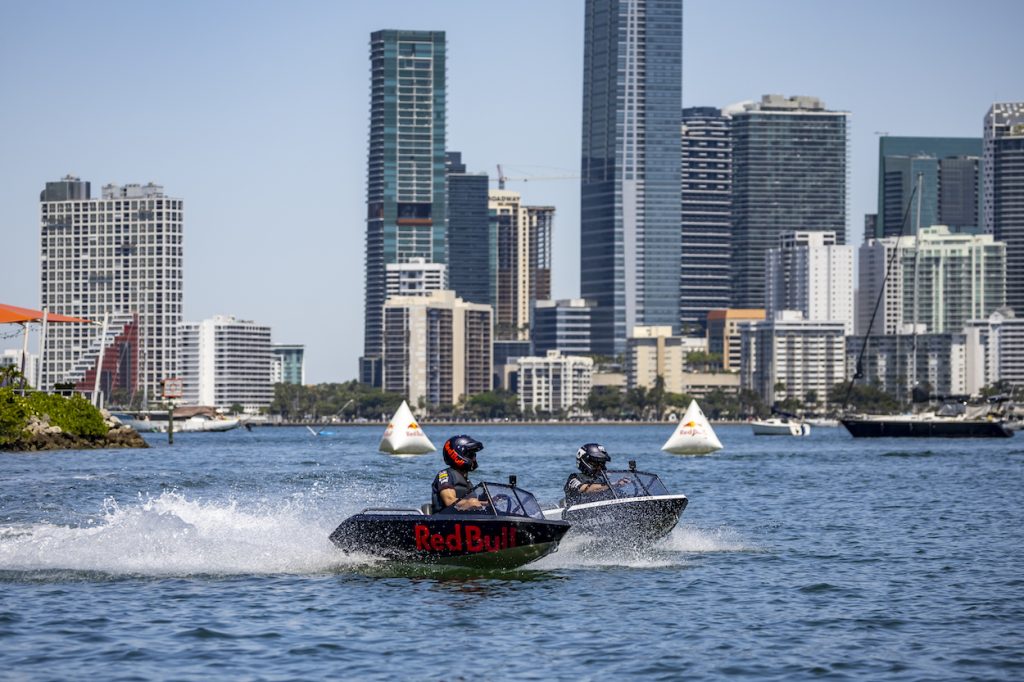As technology expands into all aspects of our lives, its impact on Formula One (F1) racing is increasingly visible. With cutting-edge advancements in engineering and design, new cars have become ever more efficient and powerful, for better or worse.
For car enthusiasts everywhere, F1 has long been seen as a gold standard for vehicle performance and design – but how has modern technological development impacted this landscape? In this blog post, we will examine this question in-depth and explore how exactly technology is shaping the future of racing and influencing the F1 betting odds.
How Technology Has Changed
Over the past few decades, F1 racing has radically transformed thanks to technological advancements. Engineers now rely heavily on state-of-the-art design software to refine and improve everything from car aerodynamics to braking systems. At the same time, circuit designers use digital simulations to test and perfect everything from track layout to lighting conditions. As a result, fans and drivers more than ever appreciate the intensity and safety, with ever-increasing speeds and sleeker car designs providing unparalleled excitement.
Safety Features
F1 vehicles are some of the most secure on the planet, thanks to the recent advancements in technology that have allowed engineers to include many different safety features. These systems are designed to protect the driver from any potential harm in case of an accident and save lives. High-tech features such as impact-absorbing materials, roll cages, and advanced seatbelts are just a few of the groundbreaking technologies incorporated in modern F1 cars.
Additionally, various software-based safety features, such as telematics and sensors, have made the sport safer than ever before. Thanks to the incredible efforts of engineers and designers, F1 drivers can compete at the highest level while knowing that their safety is a top priority.






























